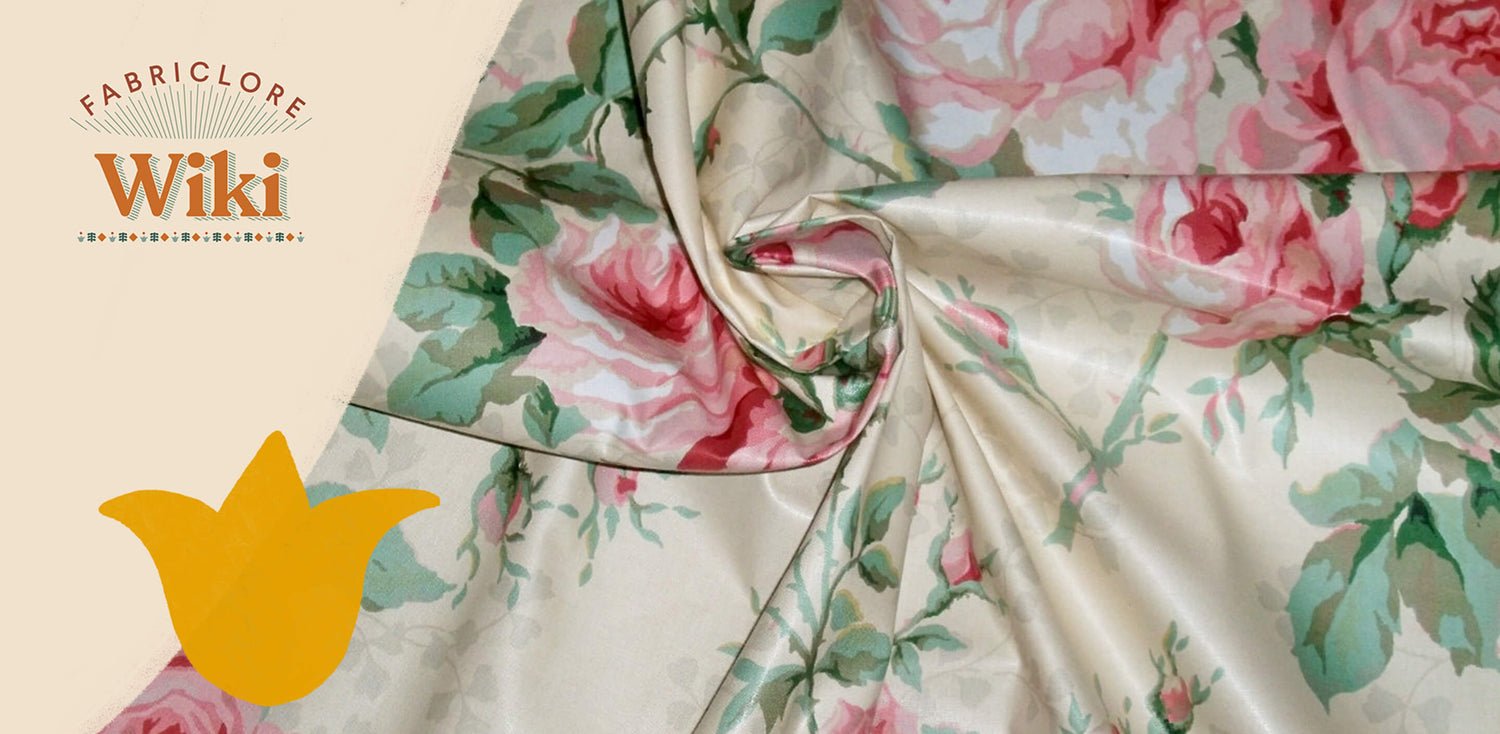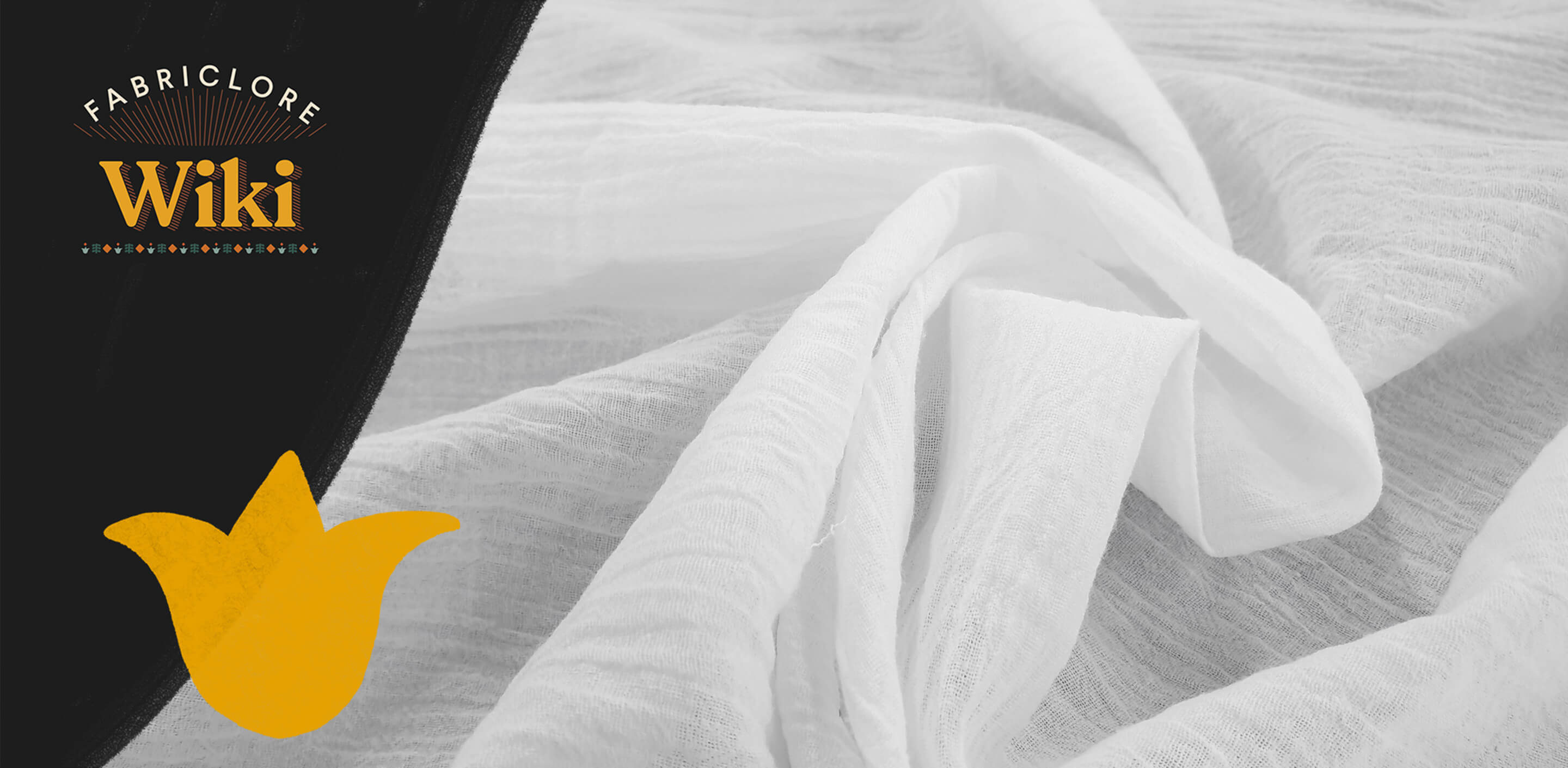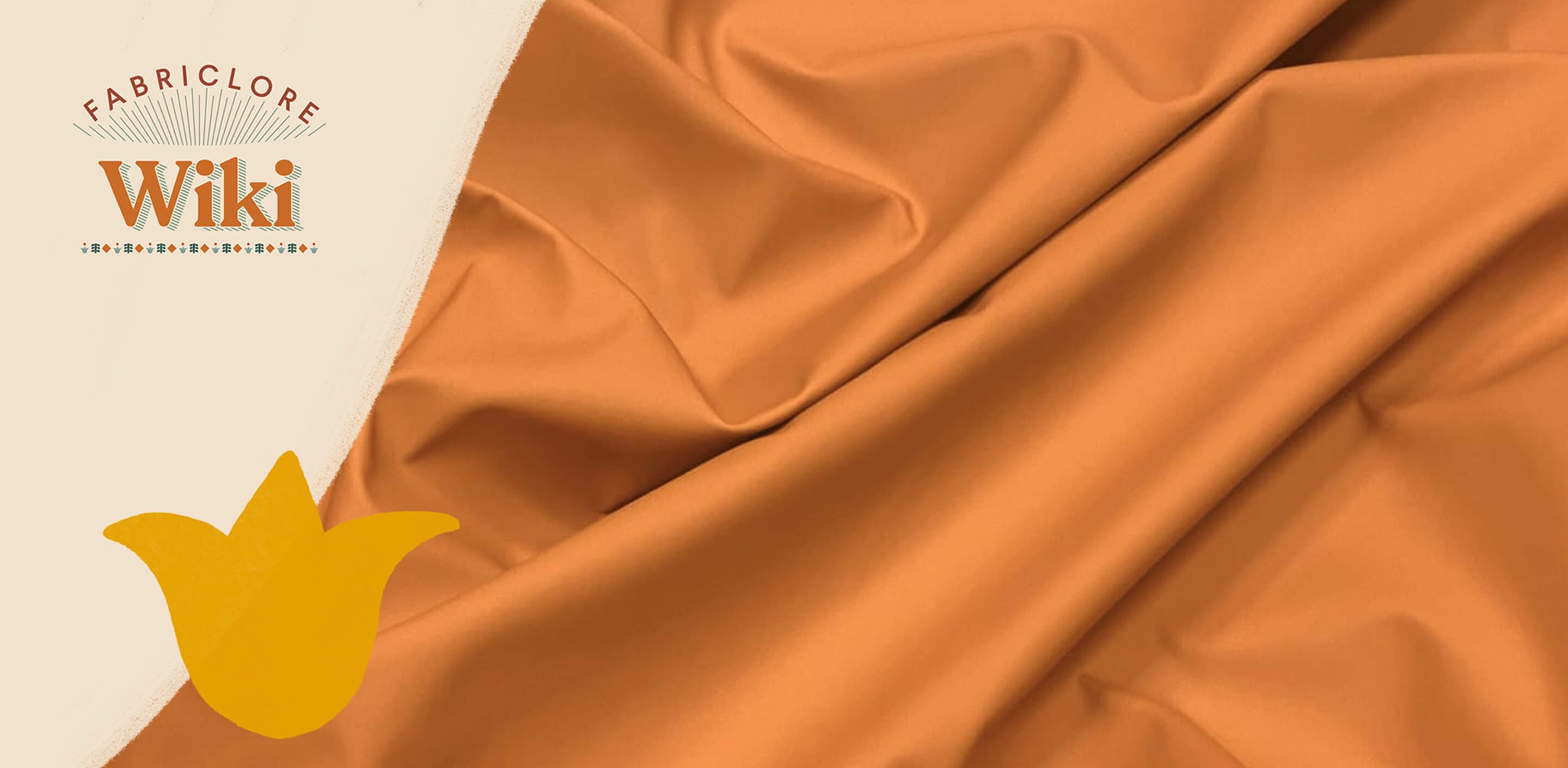What is Chintz Fabric?
- Chintz is a plain cotton fabric that ranges in weight from mild to heavy and is most often used for the production of drapes and decorative cushions.
- It is often printed with large, multicolored flowers. However, it may also be dyed a solid color or printed with geometric designs such as dots and stripes.
- Chintz is a fabric that is woven plainly with pure cotton, has a glazed finish, and pattern in several colors.
- These textiles each include fifty percent viscose and fifty percent polyester in their construction. A chintz fabric should, ideally, have a highly twisted cotton warp that intersects with a low-coarse twisted cotton weft yarn. This creates the characteristic chintz pattern.

History
- Chintz is derived from the Indian term ‘chhint’ or ‘chint’, which in turn comes from the Sanskrit word “Chitra”, which means either speckled or brilliant.
- It is from India. This much-loved fabric was initially woven from cotton that had been printed and glazed; it has a variety of designs, including flowers and other motifs, in a rainbow of colors.
- Chintz was first brought to Europe in the 17th century by Dutch and Portuguese merchants, and its popularity swiftly spread throughout the continent.
- When members of the nobility in France and England first lay eyes on the cloth, they were taken aback by the vivid hues produced by the dyes. However, by the latter half of the 17th century, chintz had achieved such an unprecedented level of popularity that both France and England were obliged to temporarily outlaw the use of the fabric in order to save their respective textile mill industries.
- According to the urban legend, the king of Versailles and his courtiers opted to defiantly flout the prohibition on chintz and utilized it liberally for both the furniture and the court clothes at Versailles.
- The makers in Europe attempted to recreate the appearance of the Indian cloth, but they were unable to get the colors to come out quite as vibrantly as the original. Indian craftspeople had an edge over their European counterparts due to the fact that they used natural, regional colors such as indigo, cochineal, and logwood, which were not accessible to Europeans at the time.
- The chintz mania lasted far into the 1800s, and it wasn't until the Industrial Revolution that European manufacturers gained the ability to manufacture the cloth on their own.
- The development of colorfast dyes and copperplate printing made it possible for European chintz to be produced with an appearance and texture that were practically identical to those of imported fabrics.
- There is some debate as to whether or not chintz was one of the earliest "performance" materials.

What Makes it Stand Out?
|
Texture |
It has a medium-heavy weighed, smooth, and glossy texture |
|
Fall |
The fabric drapes to structured folds. |
|
Shine |
Chintz fabric is glossy in appearance. |
|
Durable |
Chintz is a durable fabric that is characterized by its considerable strength. You won't have to worry about this cloth ripping or tearing even if you wear it for the whole of the day. |
|
Absorbent |
As this fabric is very good at soaking up water and other forms of moisture, you won't need to worry about becoming soaked even if there is a little mist in the air. |
Application and Uses
|
Clothing |
|
|
Home Furnishing |
Curtains, cushion covers, bedsheets, etc. |
Care Instructions
- The fabric is washable in a machine with warm water only.
- Dry in the tumble dryer on the lowest setting.
- Take the item out of the dryer while it is still moist and press it with a medium-setting iron on the wrong side.
- The sheen of chintz fabric might become less shiny with time.





